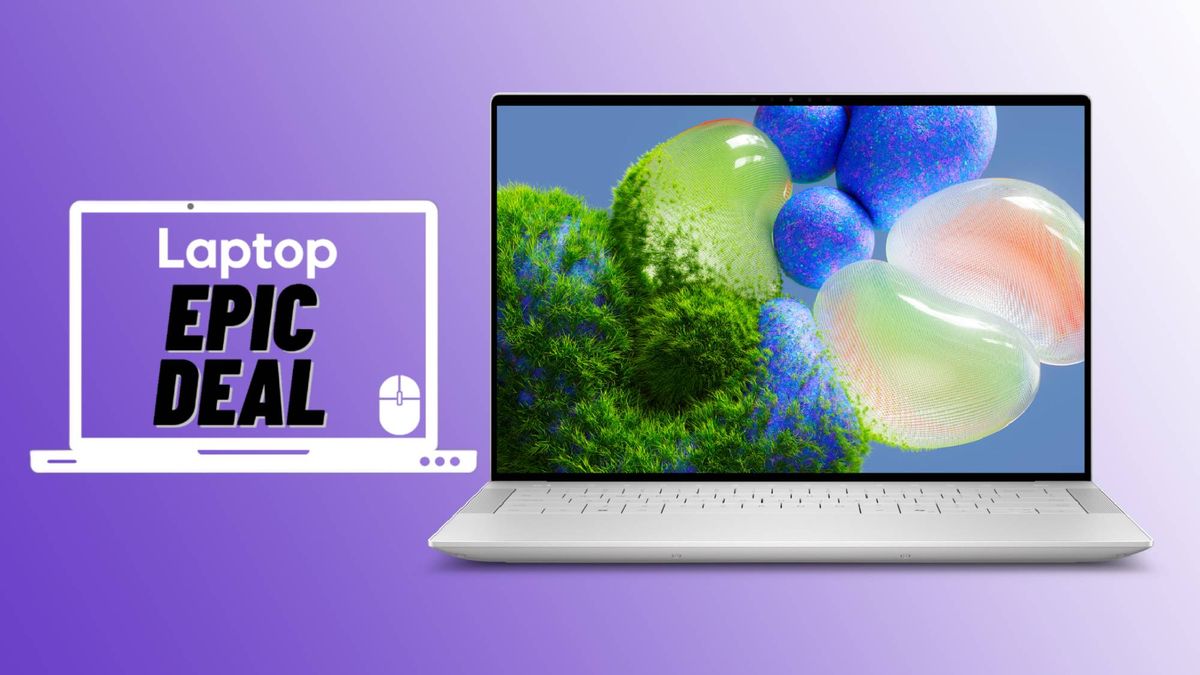
Google is ramping up its commitment to enhancing the automotive experience, announcing several new updates and resources for Android Auto and Android Automotive OS.
With over 200 million cars already compatible with Android Auto and nearly 40 models featuring Google built-in, such as the Nissan Rogue, Renault R5, Acura ZDX, and Ford Explorer, the integration of apps into the driving experience is becoming more accessible and seamless.
This past year has seen a significant expansion in the ecosystem of apps available for these platforms. New entertainment options like Max, Peacock, and Angry Birds are set to launch in select cars with Google built-in. On the Android Auto side, the Uber Driver app is now available, providing drivers with a more convenient way to manage rides and deliveries directly from their car’s display.
In an exciting development, Google Cast is being introduced to cars with Android Automotive OS, starting with Rivian models. This feature allows users to cast video content from their phones or tablets directly to the car’s display while parked, making in-car entertainment more versatile. For app developers, incorporating casting capabilities is a straightforward way to reach new audiences in the automotive environment.
To help developers navigate the unique challenges of creating car apps, Google is introducing new quality tiers inspired by those used for large screens. These tiers—Car Differentiated, Car Optimized, and Car Ready—are designed to streamline the process of adapting apps for car use, ensuring a high-quality user experience across various in-car displays and modes.
Quality Tiers Explained:
Tier 1: Car Differentiated: Apps in this tier are tailored to work seamlessly across the diverse hardware found in cars, providing an optimal experience whether the car is in driving or parked mode. They adapt to different screens, including center consoles, instrument clusters, and panoramic displays.
Tier 2: Car Optimized: Most current car apps fall into this category. These apps offer a great experience on the car’s main display and include some car-specific features for use in both driving and parked modes.
Tier 3: Car Ready: Apps that are large screen compatible and functional while the car is parked, requiring minimal additional development. These apps deliver a user experience similar to that on large screen Android devices.
To further accelerate the integration of mobile apps into cars, Google is launching the Car Ready Mobile Apps program. This initiative will review and certify existing adaptive, large-screen compatible mobile apps for car use, allowing them to be distributed on cars with Google built-in and Android Auto without additional development. Initially focusing on parked app categories like video, gaming, and browsers, the program aims to expand over time.
For developers looking to optimize their apps for car screens, Google is introducing new tools and emulators. These include an emulator for distant and panoramic displays, and a tool to adapt the UI for various screen shapes and user interfaces found in cars. Additionally, an Android Automotive OS system image for Pixel Tablet will allow developers to interact with their apps as they would on a car screen.
These tools, along with detailed guidelines available on the Android for Cars developer site, provide comprehensive support for creating high-quality car apps. With these resources, Google encourages developers to start bringing their apps to car screens, ensuring drivers and passengers have access to a seamless, connected experience.
For more information on developing apps for cars and to explore the new tools and resources, visit the Android for Cars developer site.
Related






